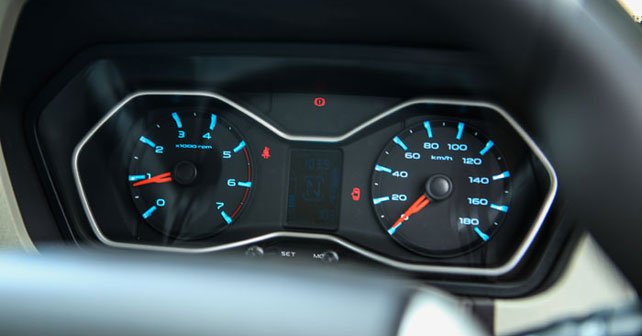
Modestly put, the German auto industry has a proud heritage. Its cars dominate global tastes in the luxury segment. Thanks to the Autobahn, its vehicles are built for sustained high-speed driving. Arguably, the Germans invented the automobile! Today, it seems that the Germans have outdone themselves yet again – with the plug-in hybrid. Over the past few weeks, I’ve driven “the smartest luxury sedan in the world,” as Mercedes-Benz refers to its S 500 Plug-In Hybrid. Daimler R&D chief Thomas Weber told me, “we will have a plug-in hybrid version of every volume model.” And Volkswagen, when launching the Golf GTE plug-in hybrid, proudly said, “mission accomplished.” Meanwhile, BMW calls its i8 plug-in hybrid, “the sports car for the 21st century.” With an electric motor and a sizeable battery pack, all plug-in hybrids can drive on an electric charge for up to 30 kilometres or more. Their battery pack can – and should – be charged externally, hence the moniker ‘plug-in.’ But, for good measure, they also have an internal combustion engine – that takes care of the dreaded (and well-founded) ‘range anxiety’ that haunts owners of pure electrics. On paper, the consumption figures are nothing short of stunning. The VW Golf GTE, in the European cycle, is rated at 1.5 litres per 100 kilometres. The Mercedes-Benz S500 Plug-In Hybrid is rated at 2.8 litres. And the BMW i8 supposedly consumes just 2.1 litres of gasoline per 100 kilometres. Oh, and the Porsche 918 is rated at 3.1 litres per 100km. Wow, that’s less than a mini-car! To put these numbers into perspective, it should be noted that they are designed to promote plug-in hybrid technology and electrification. They fail to deliver an accurate picture of real-life consumption. In Europe, official testing entails a 20-minute run on electricity only and a second run in hybrid mode. The emissions in the electric-only run are stipulated to be zero – a highly questionable approach, given that the current power grid relies heavily on fossil fuels, and will continue to do so indefinitely. In every plug-in hybrid, mileage will vary wildly according to the user profile. If your commute is just a few kilometres, your tank of gas might last you for years. And it shines in city traffic as it can recuperate energy during braking and coasting. But if a plug-in hybrid is used as a long-distance cruiser, consumption won’t be all that impressive – not least because a heavy battery pack, E-motor, control units, and multiple cables that add to the weight of the vehicle. We are told that ‘local emission-free driving’ is one of the great advantages of the plug-in hybrid. That would have been convincing decades ago, when gasoline and diesel-powered cars emitted smelly and toxic fumes. But with today’s Euro-5 and Euro-6 models, the positive impact is near non-existent. With their extra weight, plug-in hybrids are more cumbersome to drive than their conventionally powered siblings. Spongy recuperative braking, the whine of the electric motor, and reduced trunk space are further question marks. Moreover, their constant switching between energy sources and driving modes makes it feel more like a video game than a real car. ‘Off the record,’ a lot of executives concede that the rush towards plug-in hybrids is politically driven. But they won’t be quoted. So, are we witnessing a different heritage? In the past, German carmakers have battled regulation that they found to be pointless or counterproductive. And they caught their share of criticism for it. Today, despite knowing better, they are eager to comply and play up their ‘green’ credentials. I guess we’ll have to wait and see which strategy turns out to be the costlier one...























Write your Comment